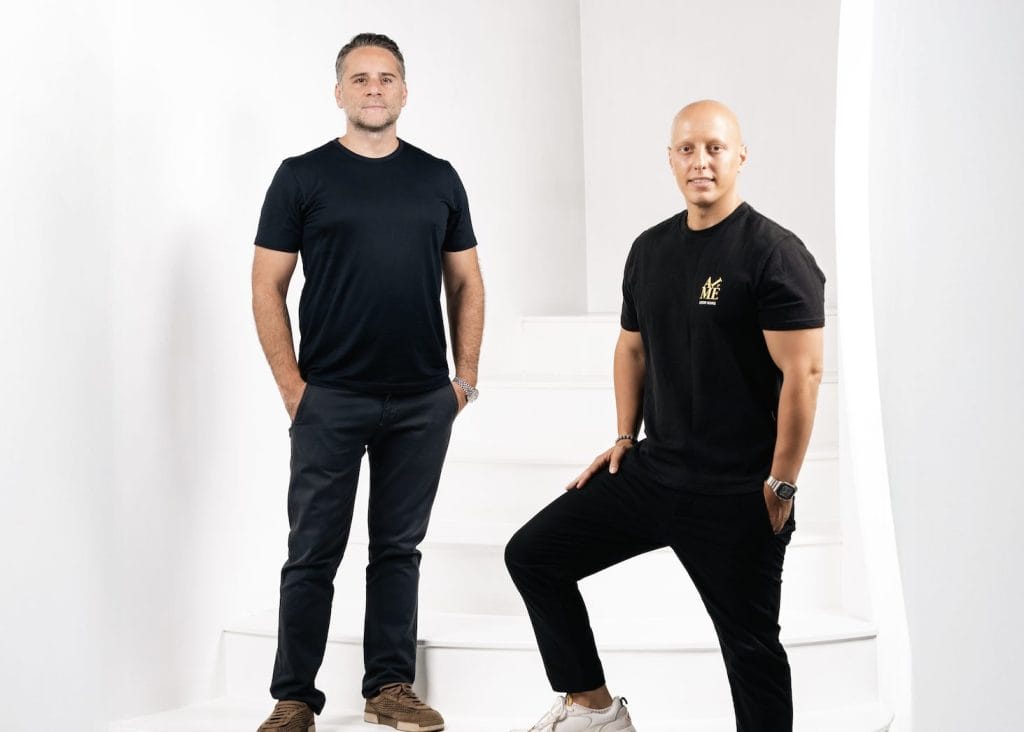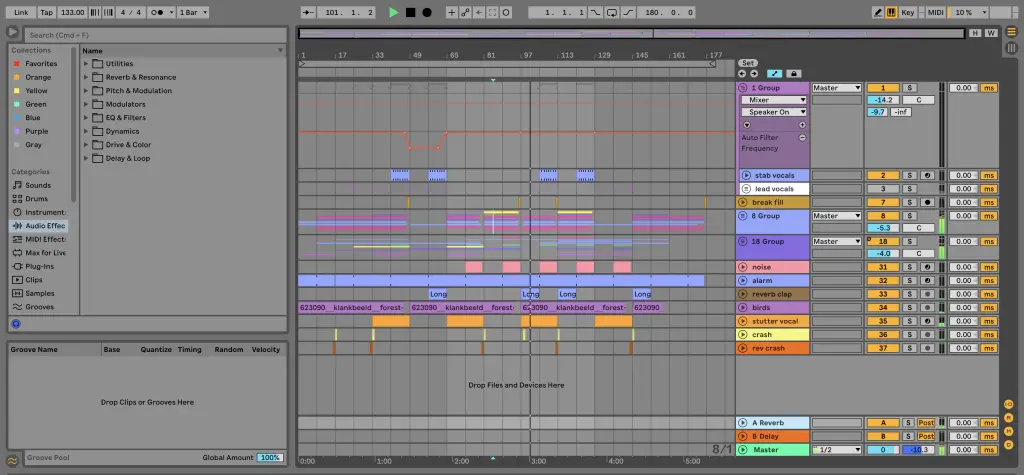Table of Contents
Cortese has been carving a unique path in the UK dance scene with their carefully layered mix of garage, breaks, and melodic textures. Their music captures a balance between classic club sounds and a fresh, emotional pull that keeps listeners coming back. Since their start in 2019, the duo has gained momentum, earning nods from influential voices like Jaguar on BBC Radio 1 and My Nu Leng, while sharing stages with names like Bicep and Mike Skinner. This steady rise isn’t by chance; it’s the result of a shared vision and a studio approach that values both precision and creativity.
In their latest release, Encounters, Cortese continues to develop their sound by blending technical skill with an ear for nostalgic, raw textures. They draw from a wide range of influences, not only within music but from visual elements like architecture and natural spaces, weaving these inspirations into the very fabric of their tracks. For this project, the duo went deeper into production techniques that add warmth and texture, setting up each element to work together seamlessly.
Listen to the track below a few times to acclimate your ears to the sauce these producers are about to share before diving into the latest iteration of How It Was Made: Cortese – It Don’t Mean a Thing, which is out now on Headroom Records.
Operator

Operator might seem basic but it’s a lot more powerful than it appears. It’s one of the best software FM synths we’ve used, so we’ve never felt the need to upgrade. It can be used for a huge range of different sounds, but just takes a little getting used to all the features.
We’ve typically used Operator for bass stuff or high end layers in the past, but this time around we managed to replicate an acid line for the lead in the track. There was a lot of tweaking involved here but we’re pleased with the overall product. It’s the most integral part of the tune.
Just take the time to experiment with different oscillations first of all. Consider different wave shapes, levels, coarse amounts etc. Then, dive into the filters, modulations etc. We like to automate as many parameters as possible for movement too.
Little Radiator

This is a scaled back version of the larger Radiator saturation plugin from Soundtoys. Really, you could go for the full version but this scaled version does plenty for most of the work we’ve wanted from it, especially considering it gets given away free from time to time. On higher gain levels, it can be used for a tube-like distortion. And, if you hit the Bias switch, you can get some nice lo-fi sounds.
Little Radiator is used for loads of layers in It Don’t Mean a Thing. It brings more brightness to some of the synths, adds more snap to the drums and provides some warmth for the bass.
Decimort

We’ve never found a better bit-crushing tool than Decimort, and the bit-crushing effect is very important to a lot of the sounds we create. It effectively gives your sound a vintage sampler character, and that can be really useful for any kind of sound.
A lot of the synths in It Don’t Mean a Thing sound too clean without any bit-crushing, so Decimort was the perfect fix for that. The synth sounds can then feel like they’re being recorded through an old 90s sampler instead of cold software synth timbres, and that’s crucial for the track. The end product sounds warmer as a result.
Consider using this tool for any synth stuff that sounds too clean and polished. A lot of demos etc. we receive suffer from this and Decimort or something similar can often be the solution.
Quick Fire Tips For Making UK Garage
Tip #1: Layer breaks drums with digital samples. A combination of both can go a long way.
Tip #2: Don’t feel the need to overspend on VSTs. A lot of DAW stock stuff is just as good, if not better.
Tip #3: Focus on atmospherics. Field recordings, nicely balanced pads, stuttered noise, time-stretched vocals etc. are all good to use.
The post How It Was Made: Cortese – It Don’t Mean a Thing (Headroom Records) appeared first on Magnetic Magazine.






